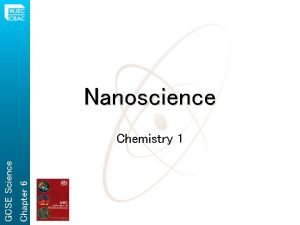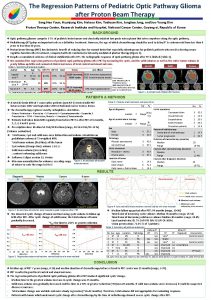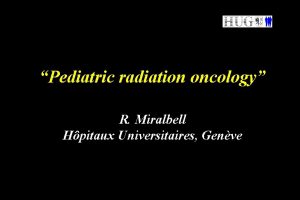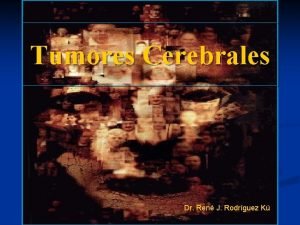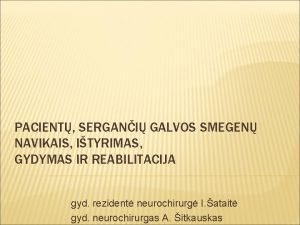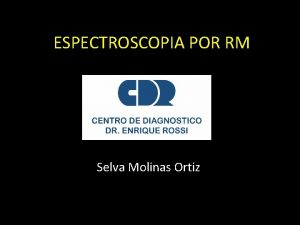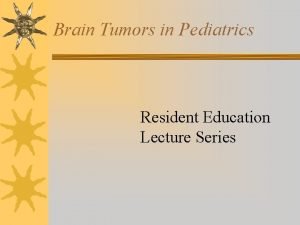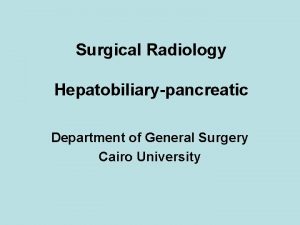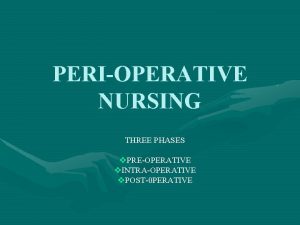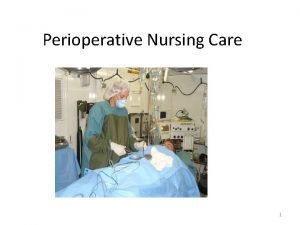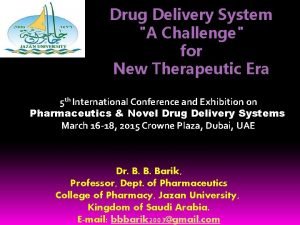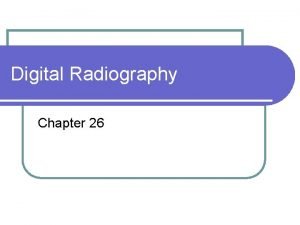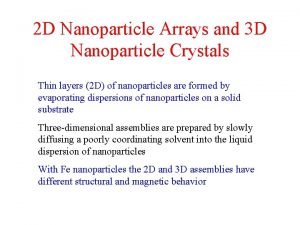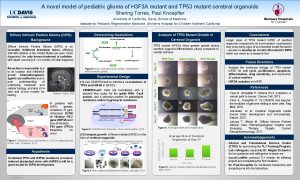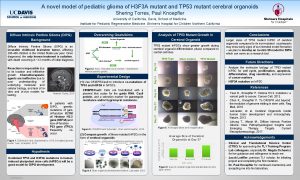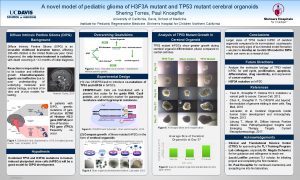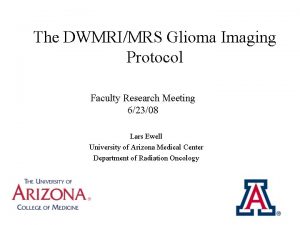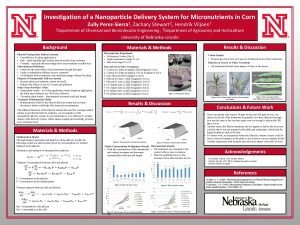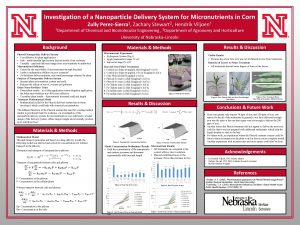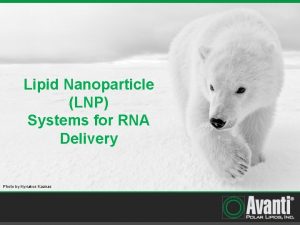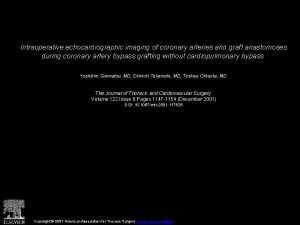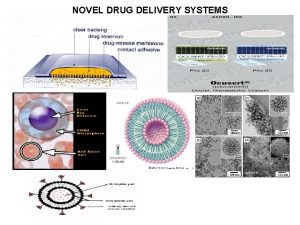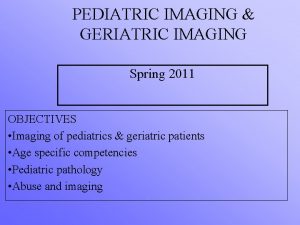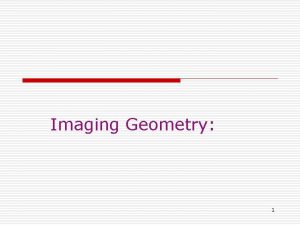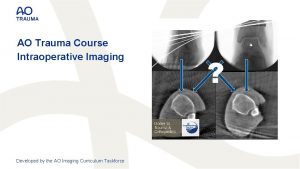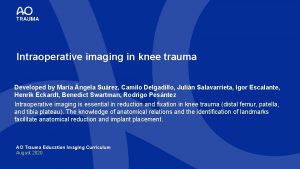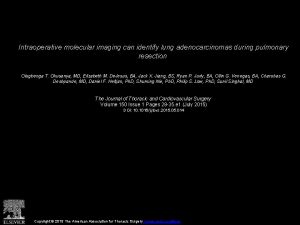Intraoperative Imaging and Nanoparticle Delivery for Novel Glioma




















- Slides: 20

Intraoperative Imaging and Nanoparticle Delivery for Novel Glioma Therapy Author : Updated : Joseph M. Piepmeier, M. D. and Toral R. Patel, M. D. June 20, 2010

Yale Brain Tumor Center Author : Updated :

From BTSG to EORTC “Chasing our tail” 1978 2005 A BC D Author : Updated : Courtesy of H. Richard Winn MD

Author : Updated :

Author : Updated :

5. Gliomas: Reasons for Failure • Pattern of Infiltration/Blood-Brain Barrier

6. Objective To directly address the infiltrative nature of malignant gliomas with regional delivery of therapeutic agents

7. Regional Drug Delivery: Wafers • Drug-loaded biodegradable polymer wafers (Gliadel®) – Modest improvements in survival – Sustained drug release over 3 weeks – Significant safety concerns – Passive diffusion: high local concentration, poor drug penetration

8. Regional Drug Delivery: CED • Convection-Enhanced Delivery (CED) – External pressure gradient – Continuous infusion via bulk flow – Increased depth of penetration – Transient • PRECISE Study – Phase III randomized trial of CED of IL 13 -PE 38 QQR vs. Gliadel wafers for recurrent glioblastoma – No significant survival difference – Major limitation: • Agent targeting to residual tumor R. R. Lonser et al. , Journal of Neurosurgery 97 (2002) 905 -913

9. Regional Drug Delivery We have developed novel methods for polymer technology AND convection-enhanced delivery to successfully address the limitations of regional drug delivery.

10. Regional Drug Delivery: Nanoparticles • Nanoparticles: – – – Small Biodegradable Efficient encapsulation Controlled-release Targeted Polymer-based – Major Limitation: • Thus far, the volume of distribution for polymer nanoparticles delivered via CED has been prohibitively small. • This is due, in part, to the inability to produce small, non-aggregated nanoparticles.

11. Nanoparticle Formulation • Goals: – Produce smaller (60 – 100 nm) polymer nanoparticles – Eliminate particle aggregation • Novel Modifications: – High-power sonication – High-speed, stepwise, partial centrifugation – Cryoprotection – Improved delivery apparatus

12. In Vivo Nanoparticle Delivery • Study Design: – Dye (fluorescent)-loaded PLGA nanoparticles infused stereotactically into the rat caudate • 20 u. L of nanoparticles [100 mg/m. L], infused at 2/3 u. L/min, depth = 5 mm – 4 groups (n=4/group): • Large, no cryoprotectant • Large, with cryoprotectant • Small, no cryoprotectant • Small, with cryoprotectant – Animals sacrificed 30 minutes postprocedure, brains flash frozen – Serial coronal sections taken and fluorescent signal analyzed (via previously established methods)

13. In Vivo Distribution Results Small nanoparticles, with cryoprotectant, have a 10 -fold higher volume of distribution than large nanoparticles

14. In Vivo Distribution Results Large – no cryoprot. Large – w/ cryoprot. Small – no cryoprot. Small – w/ cryoprot.

15. In Vivo Distribution Results Small, non-aggregated, polymer nanoparticles have a significantly higher volume of distribution than previously published polymer nanoparticle formulations

16. Alternative Imaging Strategies A B MR image of Gadolinium-loaded small nanoparticles PET image of radiotracer-labeled small nanoparticles

17. Identification of Novel Therapeutics Glioma Stem Cells Drug Discovery Step 1: High Throughput Screening 427 1940 Step 2: Sphere Formation Assay Drugs 32 427 Step 3: Verification of Lead Drugs (IC 50, Stem Cell Markers) Nucleic Acid Discovery Step 1: Assay Development Control si. RNA Nestin si. RNA Step 2: Validation Study/Kinome Screen Step 3: Whole-Genome Screen Reya, et al. Stem cells, cancer, and cancer stem cells. Nature 2001; 414: 105 -111

18. Conclusions/Future Implications • We have developed polymer nanoparticles that are ideally suited for intracranial delivery: – Tailored delivery to infiltrative, microscopic disease – Selective targeting to tumor cells – Sustained drug release – Treatment is independent of genomic variability – Reduced systemic toxicity – Can be imaged with MRI and PET techniques • This technology is readily applicable to many CNS diseases Time (weeks)

19. Acknowledgements Jiangbing Zhou Whitney Sheen Rachael Sirianni Erik Shapiro Anita Huttner Michael Wyler Joseph Piepmeier Mark Saltzman
 What is a nanoparticle gcse
What is a nanoparticle gcse Frc control system
Frc control system Optic pathway glioma
Optic pathway glioma Brainstem glioma
Brainstem glioma Gliomas clasificacion
Gliomas clasificacion Glioma kas tai
Glioma kas tai Que significa cho en la selva
Que significa cho en la selva Tectal glioma
Tectal glioma Intraoperative cholangiogram
Intraoperative cholangiogram Phases of perioperative nursing
Phases of perioperative nursing Transhepatic cholangiography
Transhepatic cholangiography Fluothane
Fluothane Pre op checklist nursing
Pre op checklist nursing Newer drug delivery system
Newer drug delivery system Accenture delivery suite supports
Accenture delivery suite supports Princeton imaging and analysis center
Princeton imaging and analysis center Abbe imaging experiment
Abbe imaging experiment Chapter 39 digital imaging film and radiographs
Chapter 39 digital imaging film and radiographs Chapter 39 digital imaging film and radiographs
Chapter 39 digital imaging film and radiographs Kontinuitetshantering
Kontinuitetshantering Typiska drag för en novell
Typiska drag för en novell
